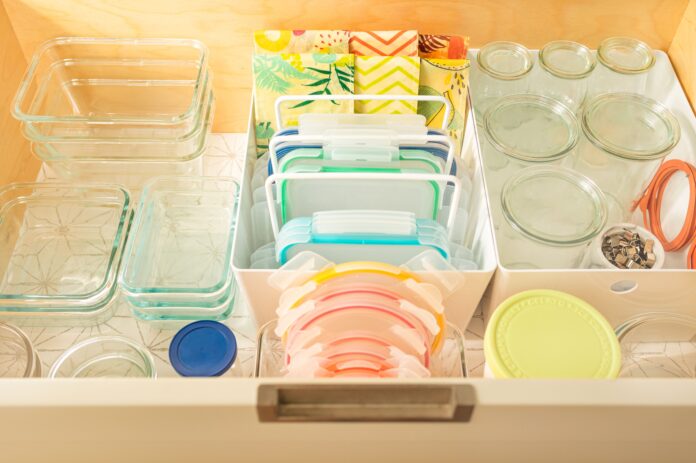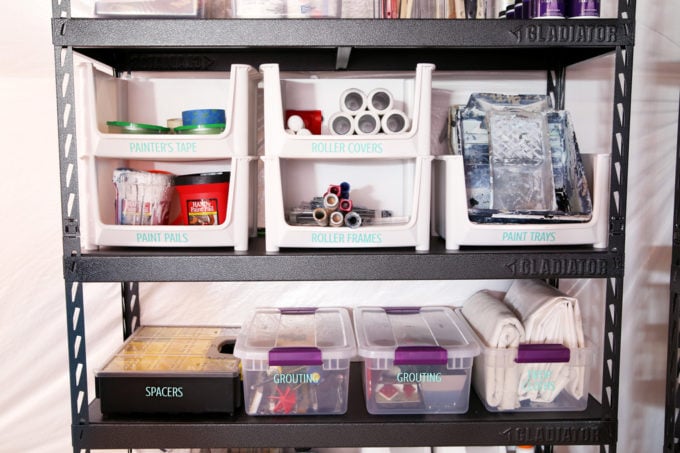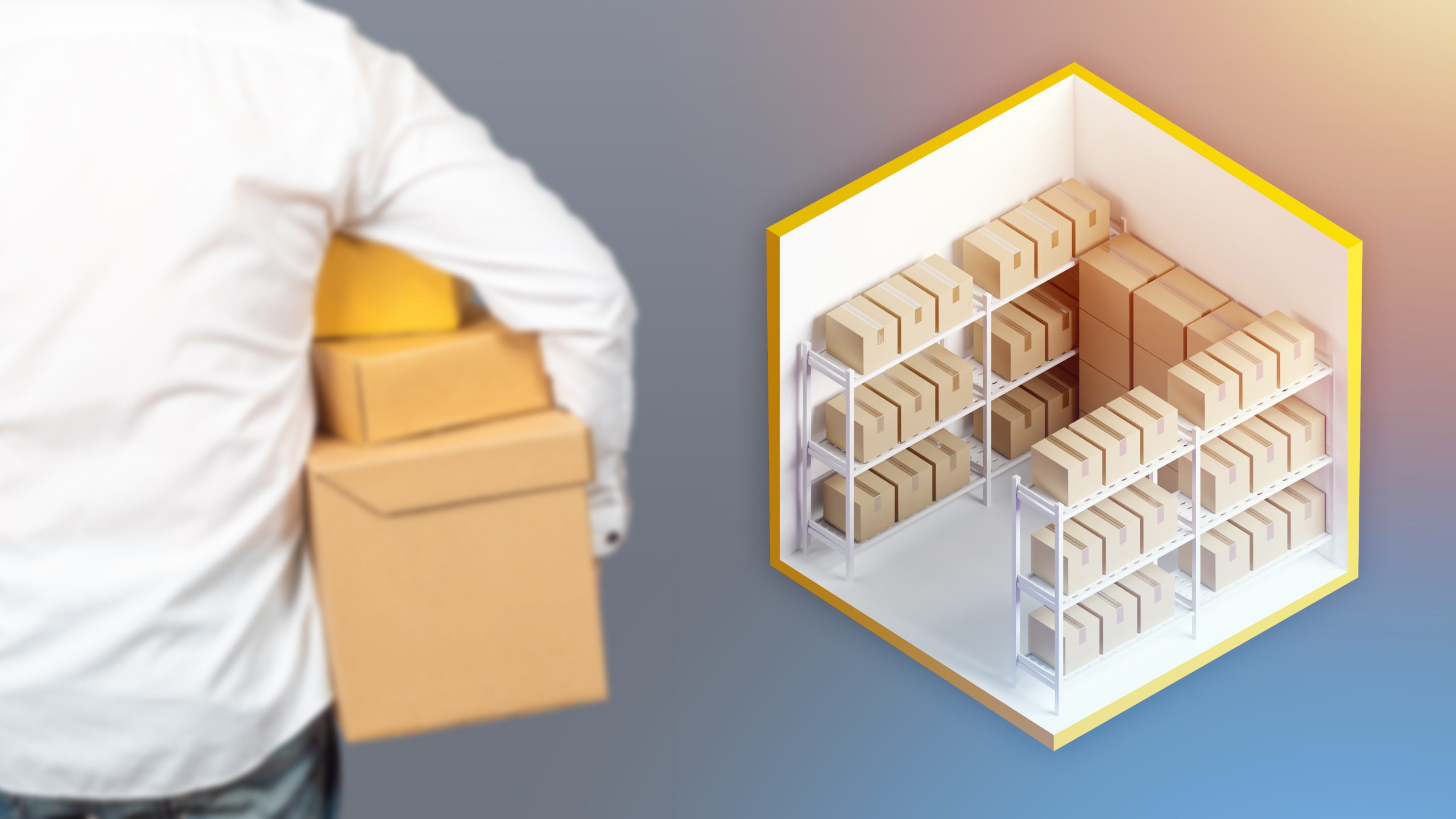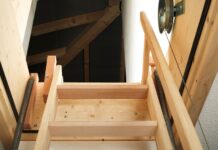When you decide to rent a storage unit, whether it’s for personal or business use, maximizing the space effectively is key to keeping your items safe and easily accessible. A well-organized storage unit not only saves time when you need to find something but also ensures that your items remain in good condition. Here’s a guide on how to create a functional and organized storage unit layout that meets your needs.
Choose the Right Size of Storage Unit

The first step in creating an organized storage unit is selecting the right size. If the unit is too small, you will end up cramming your items, making it difficult to access anything without pulling everything out. Conversely, a unit that’s too large may tempt you to store items haphazardly, wasting space. To determine the appropriate size, make an inventory of the items you plan to store. Consider using a tape measure to get an idea of how much space your larger items will take up. This careful planning can help you choose a unit that provides enough room for everything without excess empty space.
Use Shelving for Vertical Space

One of the most effective ways to maximize the utility of your storage unit is by utilizing vertical space. Adding sturdy shelving units allows you to stack items safely and efficiently, ensuring that you use the full height of the unit. Place heavier items on the bottom shelves and lighter items on top to maintain stability. Shelving also helps keep items off the floor, reducing the risk of water damage or pests. Labeling each shelf will make it easier to locate items without the need to unpack everything.
Categorize and Label Boxes

Categorization is crucial for a functional storage unit layout. Group similar items together, such as holiday decorations, old files, or kitchen equipment. Use clear plastic bins to store these items, as they offer better visibility than cardboard boxes and protect against moisture. Label each bin clearly on all sides, so you can see what’s inside no matter how it’s stored. This practice is particularly useful if you need to retrieve items regularly. For example, if you have boxes labeled “Winter Clothes” and “Summer Clothes,” finding the right seasonal attire becomes a breeze.
Create a Master Inventory List
Keeping a master inventory list is essential for a well-organized storage unit. Document each item that you store, along with its corresponding box number and location within the unit. This inventory can be maintained digitally or on paper, whichever is more convenient. Having this list will help you track what you have stored and where it is located, saving time and reducing frustration when searching for a specific item.
Plan for Accessibility
When organizing your storage unit, consider how often you will need to access certain items. Place frequently used items near the front of the unit, while items you rarely need can go towards the back. Create clear pathways within the unit to ensure you can reach every corner without having to move too many things around. A good rule of thumb is to leave at least a small aisle down the middle of the unit for easy access.
Utilize Professional Services and Local Options
If organizing a storage unit sounds overwhelming, consider enlisting professional help or renting storage units designed with organization in mind. For example, storage units Randburg offer tailored solutions to meet various storage needs, from personal to business storage. You can find more information about storage options and services by visiting their website. Professional storage facilities often provide climate control options, security measures, and guidance on how to best organize your space.
Reassess and Reorganize Periodically

Lastly, make it a habit to reassess and reorganize your storage unit periodically. As you add or remove items, the layout will naturally change, and keeping it orderly will require some upkeep. Set a reminder to revisit your unit every few months to make sure everything is in its place and that there’s no clutter building up. This regular maintenance ensures that your storage unit remains functional and organized, making it easier to find and retrieve items as needed.
In conclusion, creating a functional and organized storage unit layout involves careful planning, efficient use of space, and regular maintenance. By choosing the right size unit, using vertical storage solutions, categorizing and labeling items, maintaining an inventory, ensuring accessibility, utilizing professional services, and reassessing periodically, you can keep your stored items safe, accessible, and in good condition.







